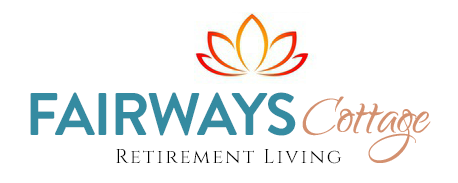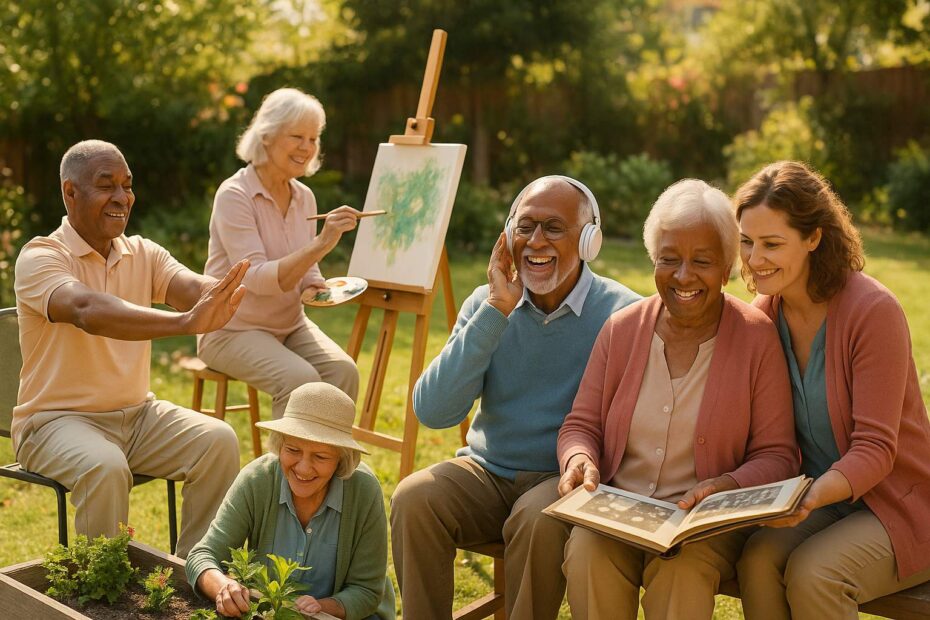As we or our loved ones grow older, finding ways to nurture emotional, physical, and mental well-being becomes increasingly important. Aging gracefully isn’t just about managing health conditions—it’s about continuing to find joy, purpose, and connection in daily life. One of the most powerful tools we have to achieve this? Therapeutic activities that soothe the mind, strengthen the body, and uplift the spirit.
Over the years, I’ve worked with many wonderful seniors and their families, and I’ve seen firsthand how a simple activity—done with care and intention—can completely change someone’s day. Whether you’re a caregiver, a family member, or a senior yourself, this list offers practical, enriching activities that can be adapted to suit different mobility levels and interests.
Let’s explore five therapeutic activities that are not only beneficial, but also bring a little more light into everyday life.
1. Gentle Chair Yoga
Chair yoga is a gentle yet powerful way to keep the body moving and the mind engaged. It’s ideal for seniors with limited mobility, arthritis, or balance concerns. Using a sturdy chair for support, participants can perform stretches, breathing exercises, and light movements that increase flexibility, improve circulation, and reduce stress.
What makes this activity truly therapeutic isn’t just the movement—it’s the mindfulness. I often encourage seniors to focus on their breath and to move with intention. Even five to ten minutes a day can lift mood, ease joint pain, and offer a sense of accomplishment.
Tip for caregivers: Play soft instrumental music in the background and join in. Sharing the experience adds a layer of connection that’s just as healing as the yoga itself.
2. Art and Creative Expression
Whether it’s painting with watercolors, crafting with clay, or simply doodling in a sketchbook, creative expression can be incredibly therapeutic. Art allows seniors to process emotions, stimulate cognitive function, and feel a deep sense of purpose and pride.
One of my favorite memories is of a retired nurse who began painting at age 82. She said it helped her “paint out the pain” of missing her late husband. Art doesn’t require perfection—it only requires participation. The joy is in the doing.
Tip for caregivers: Offer a variety of materials—colored pencils, pastels, even adult coloring books—and let the senior choose. Display their creations proudly. It tells them their voice still matters.
3. Music Therapy
There’s something magical about music—it has the power to reach parts of the heart that words can’t always touch. For seniors, listening to or making music can stir memories, reduce anxiety, and even help with cognitive conditions like dementia or Alzheimer’s.
From softly playing favorite tunes from decades past to participating in sing-alongs or tapping along with simple instruments like tambourines, music therapy encourages expression, joy, and emotional release.
I’ve seen seniors who barely spoke light up when they heard a beloved old song. Their eyes brighten, their hands tap, and suddenly—just for a moment—time rewinds.
Tip for caregivers: Create a personalized playlist of meaningful songs from the person’s youth. Use headphones for a deeper, more immersive experience, especially for those who may be easily distracted.
4. Gardening – Indoors or Out
Whether it’s tending to a full backyard garden or simply nurturing a few potted herbs on a windowsill, gardening offers both physical movement and emotional grounding. The act of caring for a living thing gives seniors a sense of responsibility, connection, and calm.
Gardening can be adapted for all mobility levels. Raised garden beds, ergonomic tools, and indoor planters make it possible for almost anyone to participate. Even something as small as misting a houseplant can bring joy.
One gentleman I worked with kept a tiny tomato plant on his balcony. Every morning, he greeted it like an old friend. When the fruit finally ripened, it wasn’t just a tomato—it was a triumph.
Tip for caregivers: Encourage sensory engagement—feeling the soil, smelling the herbs, watching the colors change. These little interactions can be very soothing, especially for seniors with memory loss.
5. Reminiscence Therapy
Sometimes the most healing thing we can do is simply listen. Reminiscence therapy involves reflecting on and sharing past experiences, often using photos, keepsakes, or music as prompts. It helps seniors feel seen, valued, and connected to their identity.
This isn’t about living in the past—it’s about honoring it. I once sat with a retired teacher who lit up as she told stories about her first classroom. The more she shared, the more her confidence and mood lifted.
Reminiscence can reduce feelings of loneliness, especially for those who may be feeling disconnected from loved ones or struggling with memory challenges.
Tip for caregivers: Create a “memory box” filled with meaningful items—old photographs, letters, postcards, or even recipes. Ask open-ended questions like “Tell me about this day” or “What do you remember most about this?” Then just listen.
Conclusion
When it comes to therapeutic activities for seniors, it’s not always the big things that matter most, it’s the small, meaningful moments that make a day feel worthwhile.
I’ve sat beside many seniors over the years, and I can tell you: these kinds of activities aren’t just helpful—they’re healing. They remind our loved ones that they’re still capable, still creative, still needed. That they still matter.
If you’re supporting someone in their later years, try weaving one or two of these ideas into their routine. Not as a chore, but as a gift. One that says, “I see you. I care. And I’m here.”
Because in the end, it’s love, connection, and dignity that help us all age a little more gracefully.


